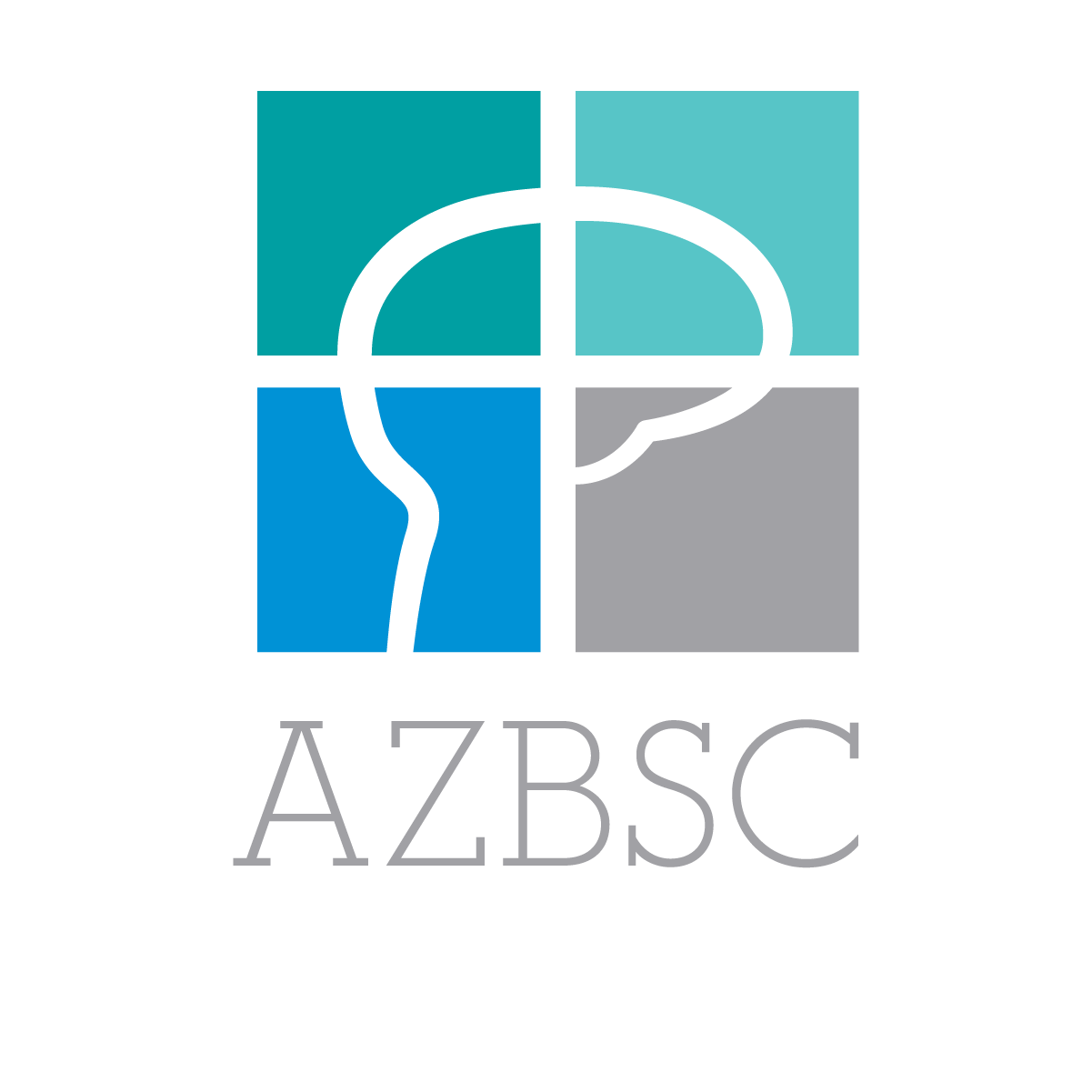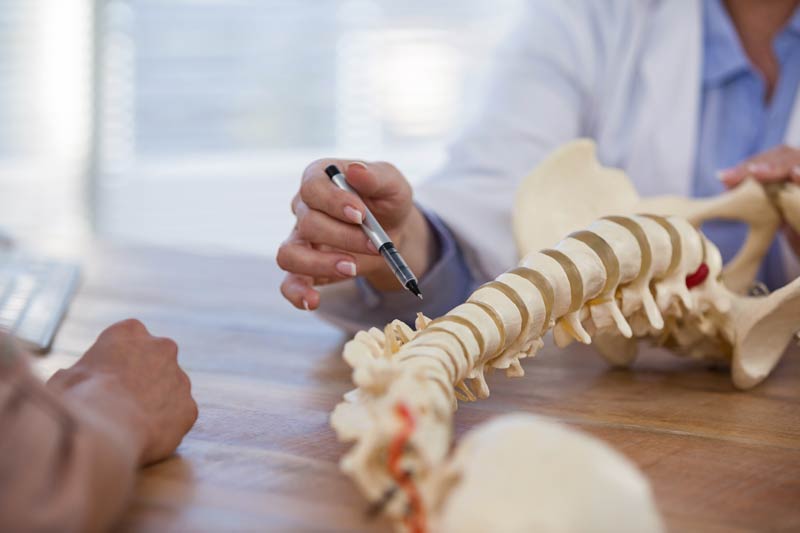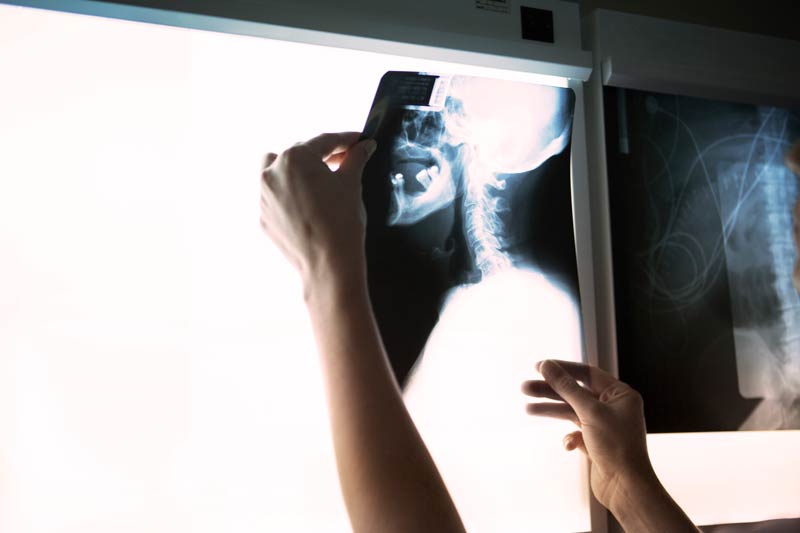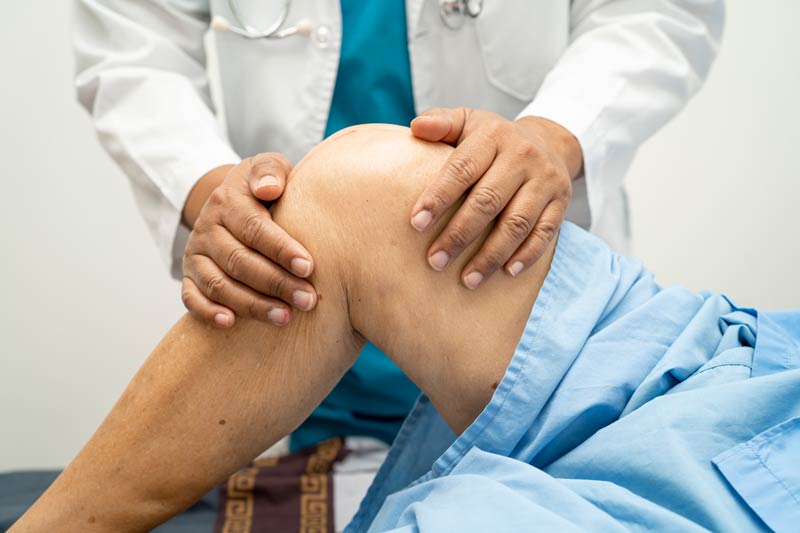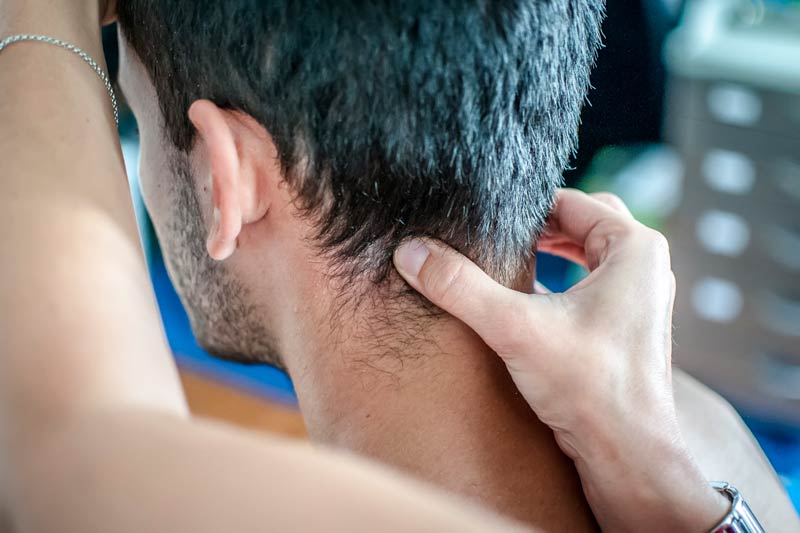What is Posterior Lumbar Fusion?
A posterior lumbar fusion (PLF) is a fusion of two or more vertebral bones, to relieve the pain of damaged discs pushing on spinal nerves and nerve roots.
This form of spine surgery uses a bone graft along the side of the bone, as opposed to fusion between the disc spaces – which would be lumbar interbody fusion.
Why is Posterior Lumbar Fusion Performed?
This kind of spine surgery is performed to stabilize the spine when disc break down or damage takes place. It’s necessary for a range of medical conditions, like spinal stenosis, disc degeneration disease, and frequently herniated or bulging discs. This surgery relieves the pain that they can cause.
How is Posterior Lumbar Fusion Performed?

What To Expect After Posterior Lumbar Fusion
When you wake up, you will typically stay in the hospital for a further 2-5 days for pain medication and assessment. From there, recovery typically takes up to 6 weeks, but most medical advice encourages physical therapy during this time.
Frequently Asked Questions about Posterior Lumbar Fusion
1. How does Posterior Lumbar Fusion (PLF) differ from Posterior Lumbar Interbody Fusion (PLIF)?
PLF is the use of bone graft material along the side of the two damaged vertebrae that require fusion, whereas PLIF is the fusion of them using a spacer within the disc space between them.
2. What is the success rate for spinal fusion surgery?
The success of your spinal fusion surgery will depend on your unique medication case, but overall there’s roughly a 90% success rate.
